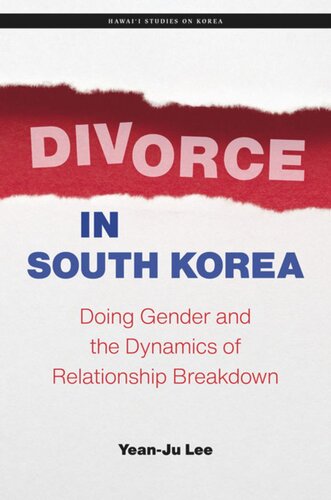

Most ebook files are in PDF format, so you can easily read them using various software such as Foxit Reader or directly on the Google Chrome browser.
Some ebook files are released by publishers in other formats such as .awz, .mobi, .epub, .fb2, etc. You may need to install specific software to read these formats on mobile/PC, such as Calibre.
Please read the tutorial at this link: https://ebookbell.com/faq
We offer FREE conversion to the popular formats you request; however, this may take some time. Therefore, right after payment, please email us, and we will try to provide the service as quickly as possible.
For some exceptional file formats or broken links (if any), please refrain from opening any disputes. Instead, email us first, and we will try to assist within a maximum of 6 hours.
EbookBell Team

4.0
56 reviewsIt may sound logical that individualistic attitudes boost divorce. This book argues otherwise. Conservative norms of specialized gender roles serve as the root cause of marital dissolution. Those expectations that prescribe what men should do and what women should do help break down marital relationships. Data from South Korea suggest that lingering norms of gendered roles can threaten married persons’ self-identity and hence their marriages during the period of rapid structural changes.
The existing literature predicting divorce does not conceptually distinguish between the process of relationship breakdown and the act of ending a marriage, implicitly but heavily focusing on the latter while obscuring the former. In contemporary societies, however, the social and economic cost of divorce is sufficiently low—that is, stigma against divorce is minimal and economic survival after divorce is a nonissue—and leaving a marriage is no longer dictated by one’s being liberal or conservative or any particular characteristics. Thus, the right question to ask is not who leaves a marriage but why a marriage goes sour to begin with.
In Korea, a majority of divorces occur through mutual consent of the two spouses without any court procedure, but when one spouse files for divorce, the fault-based divorce litigation rules require the court to lay out the entire chronicle of relevant events occurring up to the legal action, often with the help of court investigators. As such, court rulings provide glimpses into the entire marital dynamics, including verbatim exchanges between the spouses. Lee argues that the typical process of relationship breakdown is related to married persons’ daily practices of verifying their gendered role identity.